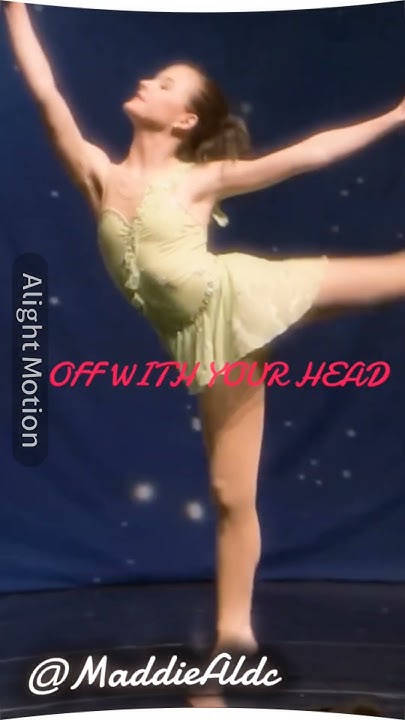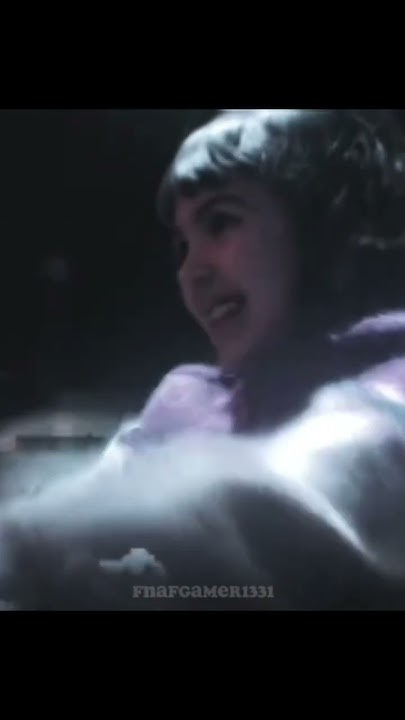Off With Your Head Dance Till Your Dead
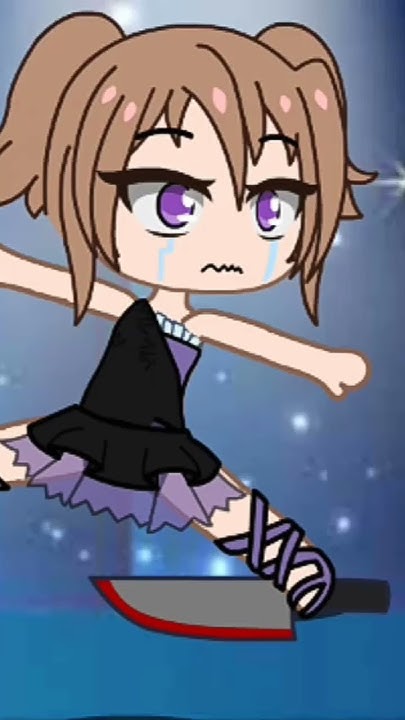
Ever heard someone say, "Dance like nobody's watching"? Well, some folks actually can't be watched anymore, and they're *still* dancing. We're talking about corpses, people! Sounds creepy? Hold on, it's more bizarre and fascinating than horrifying.
Think zombie rave, but with less groaning and more... well, nothing. It's all about involuntary muscle spasms after death. Yeah, science!
The Dance Macabre: A Post-Mortem Party
Imagine you're a scientist in the 18th century, poking around with electricity (as one does). Suddenly, you zap a dead frog's leg, and it kicks! Luigi Galvani, the OG frog-leg zapper, basically discovered the whole "electricity makes muscles move" thing. He called it "animal electricity."
Turns out, even *after* the main power switch is flipped off (you know, death), muscles can still twitch and contract if stimulated externally. No, it's not a Lazarus situation. It's just residual energy doing its thing.
So, back to our corpses. While a full-blown zombie dance-off is firmly in the realm of fiction, the phenomenon of post-mortem muscle activity is very real.
It's Not Just Frogs, Folks!
Remember those old movies where the mad scientist brings a monster to life with lightning? There's a tiny, twisted kernel of truth in there. Human bodies, under certain circumstances, can exhibit dramatic post-mortem movements. Think grimacing, twitching, even full-body contortions.
One documented case involved a man who, even after death, appeared to sit up and point! Terrifying for anyone present, sure, but ultimately just a cascade of chemical reactions playing out their final act.
These movements aren't conscious; they're more like echoes of life, a ghostly replay of muscle memory. Spooky? Yes. Supernatural? Nope. Just science doing its weird and wonderful dance.
Why Does This Happen?
Our bodies are complex chemical soup kitchens. When we die, the ingredients start to break down, but some reactions can still occur. Adenosine Triphosphate (ATP), the energy currency of cells, is used even after death.
Think of it as the body running on fumes. This residual energy can trigger muscle contractions, resulting in those unsettling post-mortem movements.
Rigor mortis, the stiffening of muscles after death, is another example of this post-mortem muscle activity. It's not exactly dancing, but it's definitely a performance, albeit a rather rigid one.
Beyond the Creepy Factor
While the idea of a corpse doing the Macarena might sound like a horror movie plot, understanding post-mortem muscle activity actually has practical applications.
Forensic scientists use this knowledge to help determine time of death and to analyze crime scenes. The position of the body and the state of its muscles can provide valuable clues.
So, the next time you hear someone say "Off with your head, dance till you are dead", remember it's not just a saying. Our bodies are capable of surprisingly lively performances, even after the curtain falls. It is a weird and wonderful fact of life (and death)!
It is both a morbid and fascinating subject for scientists.

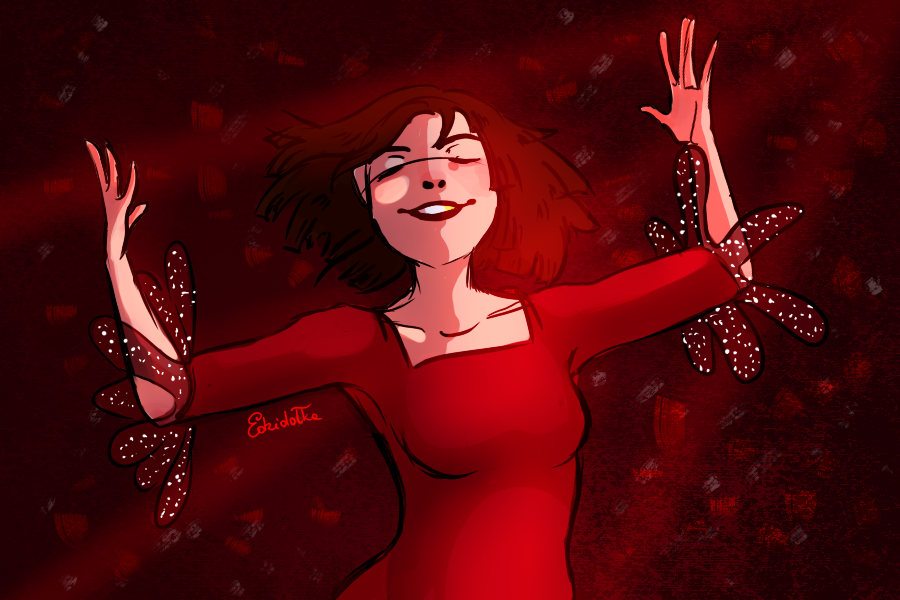
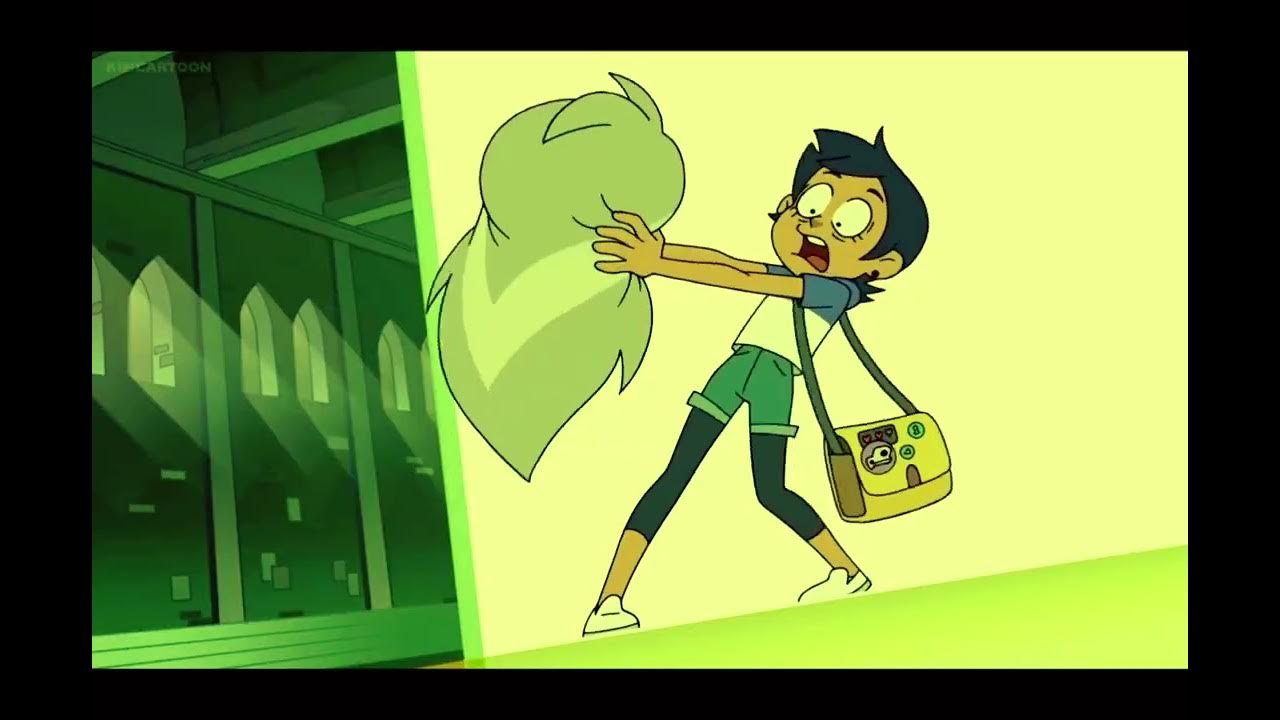

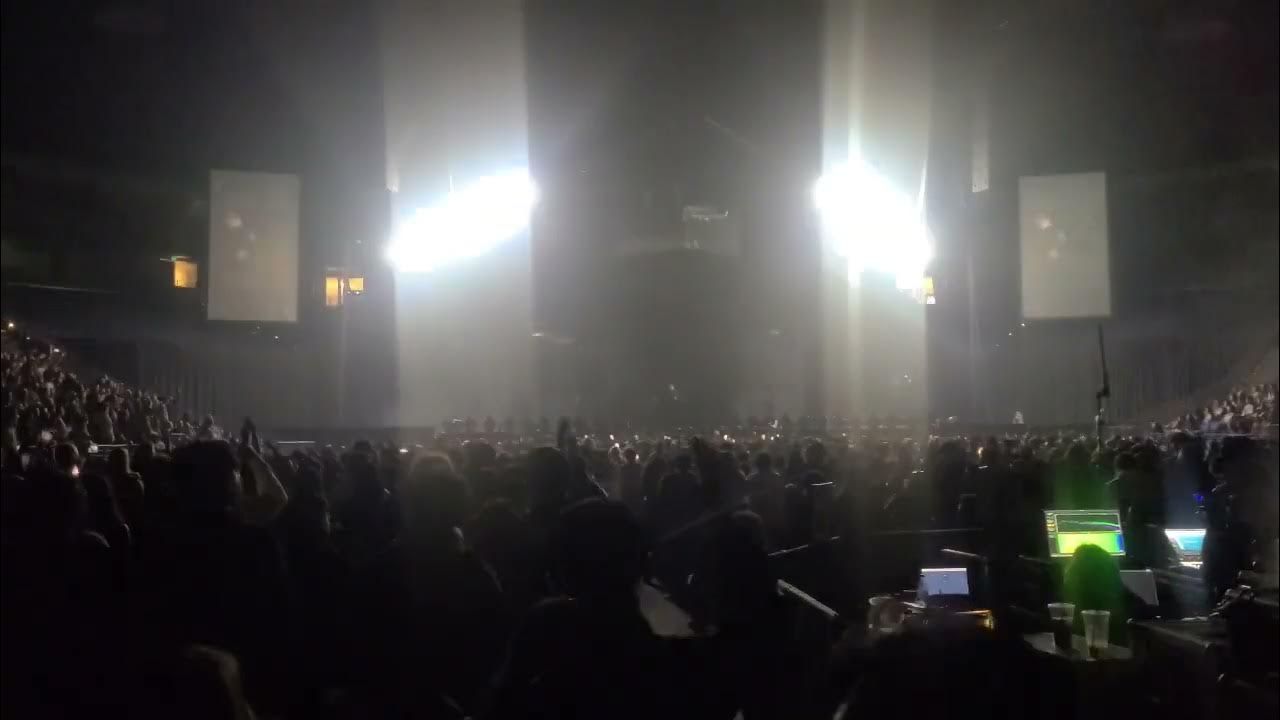



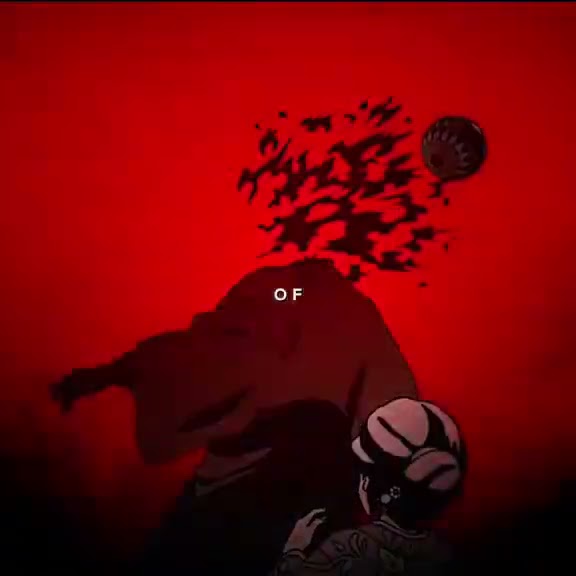
![Off With Your Head Dance Till Your Dead Off with your head Dance till your dead [OG] #gacha #gachaedit #](https://i.ytimg.com/vi/d1IKJI3vabE/maxresdefault.jpg)



